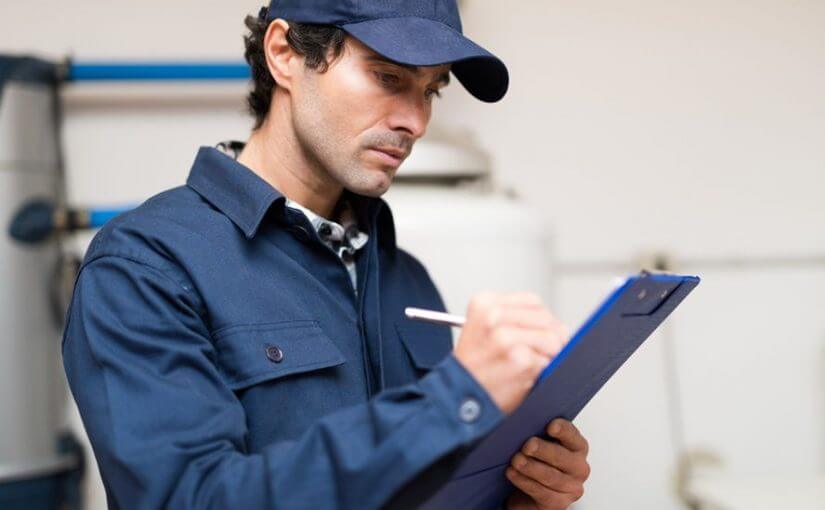Anyone who lives in Sydney knows exactly how erratic the climate can be. It may be bright and sunny one day and suddenly begin to rain the next. Aside from this, proximity to the sea adds to the humidity levels in the air. All of this can result in water damage to your home’s structure over time. Apart from structural defects, building inspectors are also always concerned about water damage.
While water might not seem that dangerous at first glance, if the problems are unaddressed, that can lead to even more structural damage. Persistent moisture encourages timber pests, compromising the overall structure of your home; eventually it can also result in its devaluation.
Most people misunderstand and underrate water issues, but they can be significant and result in expensive repairs down the line. Unfortunately, a large majority of people also fail to realise that most of these problems are easily preventable – all it needs is some forethought and regular preventive maintenance. The one way to ensure your home is well-protected from these problems is to ensure that it’s watertight right from the outset. After that, a bit of regular maintenance is all it takes to keep it that way.
The importance of regular moisture tests
This is why moisture inspections become a very important part of every pest and building inspection. It helps identify structural defects including warping and cracking; and details conditions such as moisture which could eventually lead to timber pest activity & damage as well as structural defects. It’s important that regular inspections be conducted annually to keep your home’s structure watertight.
Wet spaces in your home are more vulnerable to water damage; so experienced and knowledgeable building inspectors pay special attention to inspections in bathrooms kitchens and laundries. Some of the common problems include:
- In bathrooms, damage to wall sheeting and the flooring may be caused by absent/poor waterproofing whose installations guided by Building Code requirements.
- Leaking taps, pipes, toilets and the overall plumbing may result in significant water damage to cabinets and floors.
- In kitchens and laundry spaces, the inspector will pay specific attention to areas underneath shelving, inside cupboards, as was the skirting along walls for signs of overflows from dishwashers, sinks as well as leaks arising from poor plumbing.
Water damage caused by roofing problems
In addition, it’s also crucial that your roof and all its components be in a state of good repair; this too helps in keeping your home watertight. Roofing can develop different types of problems such as:
- Corrosion and holes in metal roofs – this is caused either due to deterioration or rusting.
- Loose or cracked roofing tiles
- Missing or cracked capping
- Lack of flashings
- Deterioration in flashings
- Damaged and corroded gutters
- Damaged and corroded downpipes
These problems can result in leakages in the roof spaces, insulation as well as the ceilings of your home. Poorly-installed and sealed skylights, air conditioners and vents often leak, allowing the rainwater to infiltrate the roof cavity. This problem is more evident in flat roofs where the slope may not be sufficient to satisfactorily drain the rain water.
A good building inspector will use thermal cameras and moisture meters while inspecting a property and will look for signs of water damage and leaks. If you want to know more about our services Inspect It First, don’t hesitate to call us at 1300 557 047 or contact us through our contact form.
Thanks for reading,
Inspect It First Team
1300 557 047

